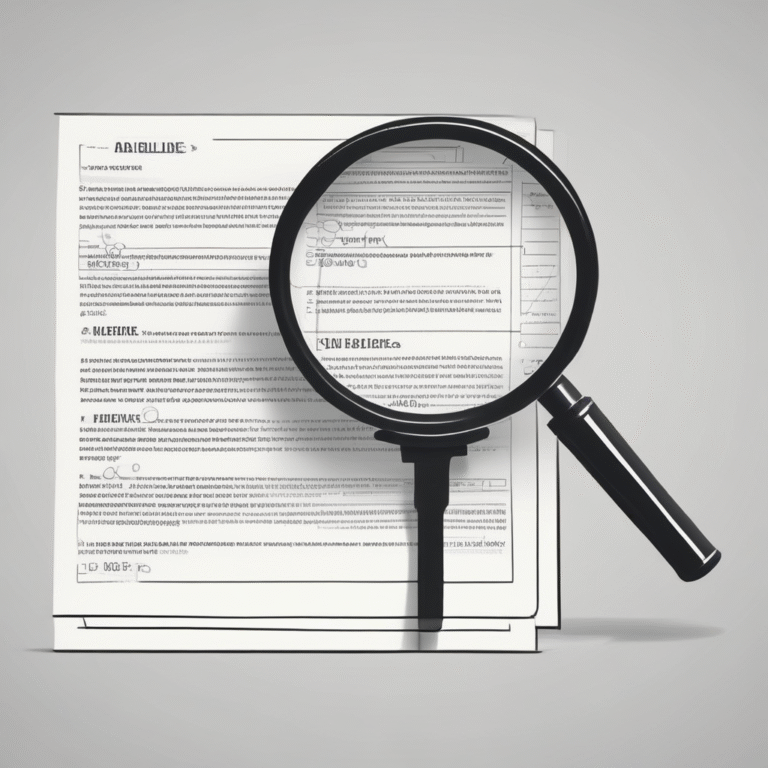Boards Must Lead AI Governance Or Risk Enterprise Value
The headlines are relentless: AI will replace jobs, disrupt industries, and reinvent how we work. We’ve seen mass layoffs, hiring freezes for entry-level roles, and skyrocketing demand for AI talent. While the fear is real, history offers a reassuring truth: We’ve been here before. And each time, those who governed the transition—strategically, ethically, and financially—emerged stronger.
From the agricultural revolution to the dawn of electricity, technological change has always reshaped how organizations allocate resources, define work, and generate value. The current wave of generative AI is no different—except that this time, CHROs, CFOs, and Boards must act in concert to ensure that the transformation doesn’t erode human capital but enhances it.
Historical Precedents and Their Lessons
Each major technological leap—from the printing press to the iPhone—has followed a similar pattern: panic, restructuring, adaptation, and eventual uplift. For example:
- The printing press democratized knowledge, increased literacy, and gave rise to new roles (publishers, editors) and social institutions (libraries, public education).
- The steam engine created not only factory work but entire urban centers and a burgeoning middle class.
- The electric grid enabled 24/7 operations and birthed industries from appliances to entertainment.
- The Internet and later smartphones transformed commerce, communication, and even the concept of location-based work.
AI may feel unprecedented, but the socio-economic cycle it triggers is strikingly familiar: displacement of routine tasks, creation of new roles, redefinition of value creation, and the urgent need for human adaptation.
AI Is a Governance Challenge
The current discourse around AI is overly tech-centric. But if history is any guide, what matters more than the technology itself is how leadership governs the transformation.
CHROs and CFOs must collaborate to ensure AI delivers sustainable value—not just productivity gains. It is crucial to understand AI and integrate its governance into organizational accountabilities. This requires asking pertinent questions:
- Is AI aligned with our business model?
- Are we using it to replace workers, or augment them?
- Do we have metrics in place to measure ROI on human capital, not just cost savings?
AI offers the chance to shift the narrative of human capital from cost to investment. With the SEC signaling greater expectations around human capital disclosures, governance structures must now include oversight of AI’s impact on workforce strategy and value creation.
Strategy: Navigating the Shift in Value Creation
Like past revolutions, AI isn’t simply automating tasks—it’s reshaping business models. Roles like prompt engineers and AI ethicists didn’t exist two years ago. Medical diagnosis, legal analysis, and marketing content are being transformed—not eliminated.
Gartner estimates that by 2026, 25% of all knowledge workers will use AI assistants daily. But that statistic misses the bigger issue: What are we doing with the capacity created?
Are we redeploying talent into innovation? Are we upskilling them to support new services? Or are we using AI as an excuse to downsize, and in the process, eroding our pipeline of future leaders?
HR leaders must connect workforce transitions to enterprise strategy. For example, when the industrial revolution upended artisan trades, guilds evolved into formal apprenticeships. Today, we need digital apprenticeships to ensure long-term talent supply.
Policy: Building Infrastructure for AI Transitions
No revolution succeeded on technology alone. It took policy: workplace protections, educational reform, and economic incentives.
The same is true today. AI transitions demand:
- Reskilling investments: reports indicate that 40% of workers will need up to six months of training to stay relevant.
- Ethical guidelines for AI in hiring and promotion: frameworks for AI bias mitigation are essential.
- Transparency mandates in decision-making algorithms: various regulations provide frameworks for transparency and reporting.
Boards should treat AI governance as a fiduciary issue. Poorly governed AI can lead to litigation, reputation damage, and attrition—all of which carry quantifiable financial risk.
Programs: Designing for Human-AI Collaboration
From a programming perspective, AI doesn’t just require new tools. It requires new work design. In the early 20th century, scientific management reshaped factory workflows. In the AI era, we need intelligent management: human-centric, flexible, and designed for augmentation, not replacement.
This includes:
- New performance metrics for AI-human teams
- Job architecture that evolves with technology
- Psychological safety in experimentation with AI tools
Companies that succeed will design programs that support human agency—not just machine efficiency. This is where HR leaders excel: guiding the human behavior required for systems-level transformation.
The Financial Stakes Are Clear
Workforce decisions are no longer “soft” choices. They are material to enterprise value. Research shows that firms investing in employee well-being outperform peers in long-term shareholder returns. Just as past technological revolutions rewarded organizations that prioritized workforce adaptation and engagement, today’s AI transformation will demand similar investments in human capital to unlock sustainable financial performance.
Quantifying the Impact
Human capital ROI (HCROI) should become a standard boardroom metric, just like ROE, ROI, etc. A range of informative human capital metrics can be found in established standards. Ignoring the human dimension of AI puts these outcomes at risk.
Final Thought: Patterns Always Repeat
History teaches us this: Organizations that thrive during upheaval aren’t those with the flashiest tech—they’re the ones that manage the transition best. That means, for board directors and C-suite executives, they need to:
- Consider talent as an appreciating intangible asset;
- Govern workforce transformation strategically with an eye to the future;
- Measure human capital impact with the same rigor as financial capital and quantify the return on investment in human capital initiatives.
We’ve been here before. The stakes are high. But so is the opportunity—if we choose to mindfully lead, not simply react.










